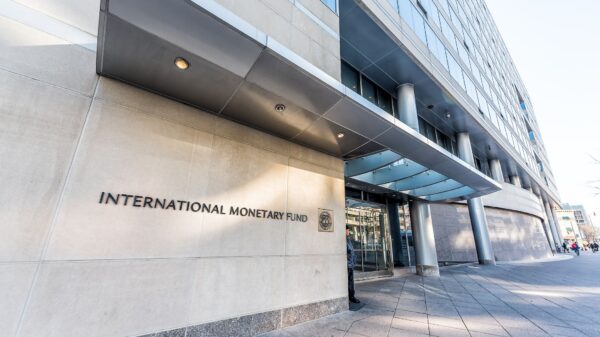Zimbabwe’s banking industry is now focusing on key productive sectors, with 72.25 percent of total loan disbursements last year directed toward agriculture, mining, tourism, and manufacturing, according to the Reserve Bank of Zimbabwe (RBZ).
To support these vital sectors, banks have secured credit lines from international financiers, mainly targeting export-driven businesses and foreign currency earners such as tourism. This has helped sustain the domestic economy despite the lack of long-term concessional support from multilateral lenders and the challenges posed by weakened correspondent banking relationships, which have made external financing more expensive and less accessible.
Accessing international funding remains difficult due to Western sanctions, which have restricted Zimbabwe’s engagement with key financial institutions and heightened its perceived credit risk. As a result, available loans tend to come with high-interest rates.
The banking sector’s emphasis on funding productive activities rather than consumer loans is seen as essential for economic expansion. This approach channels financial resources into businesses that generate value rather than loans taken for household consumption or speculative trading.
Insufficient business funding can limit Zimbabwe’s economic growth potential, which is crucial for job creation and maintaining existing employment. Finance, Economic Development, and Investment Promotion Minister Mthuli Ncube forecasts a 6 percent economic growth rate for 2025, while the World Bank projects a slightly higher 6.3 percent, driven by agriculture, mining, and tourism.
Last year, economic growth slowed to just 2 percent, largely due to an El Niño-induced drought that affected agricultural output. Despite this setback, the economy continued to progress, albeit at a slower pace.
The 2025 Monetary Policy Statement (MPS) reports that as of December 2024, total banking sector loans and advances had risen to ZiG55.93 billion, marking a 102 percent increase from ZiG27.45 billion recorded six months earlier.
Breakdown of loan allocations:
- Agriculture: 14.72 percent
- Manufacturing: 14.94 percent
- Individuals & Households: 25.51 percent
- Other sectors: 2.24 percent
Much of this increase resulted from the revaluation of foreign currency-denominated loans, which accounted for 88.17 percent of total banking sector lending. By January 20, 2025, total loans and advances had slightly declined to ZiG50.33 billion.
Financial analyst Mr. Malone Gwadu welcomed the increased focus on funding productive sectors, highlighting that such financing helps businesses secure working capital, modernize technology, and cushion against economic shocks. He emphasized that boosting production contributes to economic growth through higher productivity, job creation, and an expanded tax base.
RBZ Governor Dr. John Mushayavanhu reassured that the banking sector remains stable and continues to support economic growth. As of December 31, 2024, 18 out of 19 banking institutions met the minimum regulatory capital requirement of US$30 million. The exception, Time Bank, had a reported core capital of US$4.52 million but operates under restricted conditions and does not accept deposits, eliminating risk to depositors.
Total banking sector assets increased from ZiG77.55 billion in mid-2024 to ZiG161.39 billion by year-end, with loans and advances making up 31.39 percent of total assets. Meanwhile, the non-performing loans (NPL) ratio rose slightly from 2.02 percent mid-year to 3.37 percent by year-end—still within the globally acceptable threshold of 5 percent.
Deposits in the banking sector also saw significant growth, rising from ZiG43.60 billion at mid-year to ZiG89.07 billion by year-end, driven largely by the translation of foreign currency deposits in response to exchange rate fluctuations.
The banking sector’s ongoing prioritization of productive lending over consumer loans is expected to bolster economic resilience, sustain growth, and create long-term stability in Zimbabwe’s financial landscape.

For comments, Feedback and Opinions do get in touch with our editor on WhatsApp: +44 7949 297606.








































